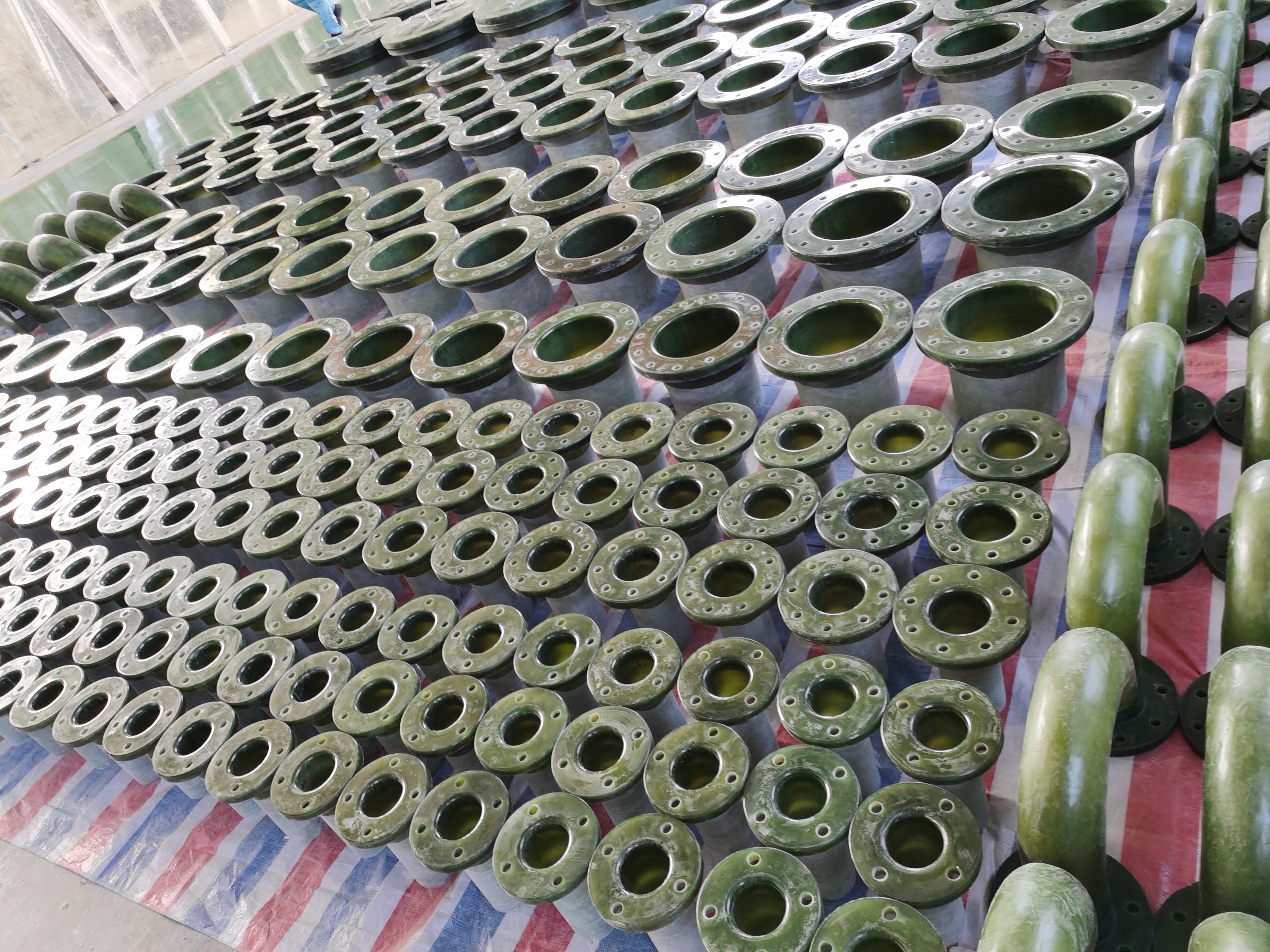
-
 Afrikaans
Afrikaans -
 Albanian
Albanian -
 Amharic
Amharic -
 Arabic
Arabic -
 Armenian
Armenian -
 Azerbaijani
Azerbaijani -
 Basque
Basque -
 Belarusian
Belarusian -
 Bengali
Bengali -
 Bosnian
Bosnian -
 Bulgarian
Bulgarian -
 Catalan
Catalan -
 Cebuano
Cebuano -
 China
China -
 China (Taiwan)
China (Taiwan) -
 Corsican
Corsican -
 Croatian
Croatian -
 Czech
Czech -
 Danish
Danish -
 Dutch
Dutch -
 English
English -
 Esperanto
Esperanto -
 Estonian
Estonian -
 Finnish
Finnish -
 French
French -
 Frisian
Frisian -
 Galician
Galician -
 Georgian
Georgian -
 German
German -
 Greek
Greek -
 Gujarati
Gujarati -
 Haitian Creole
Haitian Creole -
 hausa
hausa -
 hawaiian
hawaiian -
 Hebrew
Hebrew -
 Hindi
Hindi -
 Miao
Miao -
 Hungarian
Hungarian -
 Icelandic
Icelandic -
 igbo
igbo -
 Indonesian
Indonesian -
 irish
irish -
 Italian
Italian -
 Japanese
Japanese -
 Javanese
Javanese -
 Kannada
Kannada -
 kazakh
kazakh -
 Khmer
Khmer -
 Rwandese
Rwandese -
 Korean
Korean -
 Kurdish
Kurdish -
 Kyrgyz
Kyrgyz -
 Lao
Lao -
 Latin
Latin -
 Latvian
Latvian -
 Lithuanian
Lithuanian -
 Luxembourgish
Luxembourgish -
 Macedonian
Macedonian -
 Malgashi
Malgashi -
 Malay
Malay -
 Malayalam
Malayalam -
 Maltese
Maltese -
 Maori
Maori -
 Marathi
Marathi -
 Mongolian
Mongolian -
 Myanmar
Myanmar -
 Nepali
Nepali -
 Norwegian
Norwegian -
 Norwegian
Norwegian -
 Occitan
Occitan -
 Pashto
Pashto -
 Persian
Persian -
 Polish
Polish -
 Portuguese
Portuguese -
 Punjabi
Punjabi -
 Romanian
Romanian -
 Russian
Russian -
 Samoan
Samoan -
 Scottish Gaelic
Scottish Gaelic -
 Serbian
Serbian -
 Sesotho
Sesotho -
 Shona
Shona -
 Sindhi
Sindhi -
 Sinhala
Sinhala -
 Slovak
Slovak -
 Slovenian
Slovenian -
 Somali
Somali -
 Spanish
Spanish -
 Sundanese
Sundanese -
 Swahili
Swahili -
 Swedish
Swedish -
 Tagalog
Tagalog -
 Tajik
Tajik -
 Tamil
Tamil -
 Tatar
Tatar -
 Telugu
Telugu -
 Thai
Thai -
 Turkish
Turkish -
 Turkmen
Turkmen -
 Ukrainian
Ukrainian -
 Urdu
Urdu -
 Uighur
Uighur -
 Uzbek
Uzbek -
 Vietnamese
Vietnamese -
 Welsh
Welsh -
 Bantu
Bantu -
 Yiddish
Yiddish -
 Yoruba
Yoruba -
 Zulu
Zulu
Design and Installation of GRP Handrails for Enhanced Safety and Durability
Understanding GRP Handrails A Comprehensive Overview
In the realm of construction and design, safety is paramount. Among the multitude of safety features that can be installed, handrails play a significant role in ensuring secure access to stairs, walkways, and elevated structures. One innovative solution gaining traction is Glass Reinforced Plastic (GRP) handrails. This article delves into the features, benefits, and applications of GRP handrails, highlighting why they are becoming a preferred choice in various industries.
What is GRP?
Glass Reinforced Plastic, commonly known as fiberglass, is a composite material made from a polymer matrix reinforced with glass fibers. This combination renders GRP lightweight yet exceptionally strong, making it an optimal choice for applications that require durability without adding excessive weight. The properties of GRP allow it to withstand harsh environmental conditions, making it an ideal material for outdoor and industrial applications.
Advantages of GRP Handrails
1. Durability and Strength One of the most significant benefits of GRP handrails is their outstanding durability. They are resistant to corrosion, rust, and other forms of degradation that often affect metals and wood. This durability translates into a longer service life, reducing the need for frequent replacements and maintenance.
2. Lightweight Compared to traditional materials like steel or wood, GRP handrails are remarkably lightweight. This characteristic not only simplifies transportation and installation but also reduces the load on structural supports, allowing for more versatile design options.
3. Safety Features GRP handrails can be manufactured with a non-slip surface, enhancing safety in environments prone to moisture, oil, or other slip hazards. Additionally, they can be designed with increased visibility through bright colors, ensuring that they are easily seen in various lighting conditions.
4. Chemical Resistance GRP is inherently resistant to a range of chemicals, making it suitable for use in environments such as chemical processing plants, wastewater treatment facilities, and laboratories. This resistance minimizes the risk of material degradation over time due to exposure to hazardous substances.
grp handrail

5. Low Maintenance The maintenance requirements for GRP handrails are minimal. Unlike wood, which may require regular treatment, or metal, which may need painting to prevent rust, GRP typically only requires basic cleaning to maintain its appearance and functionality.
Applications of GRP Handrails
The versatility of GRP handrails allows for a wide range of applications across various industries
- Construction Sites Due to their strength, lightweight nature, and safety features, GRP handrails are often used in temporary structures or scaffolding on construction sites, providing secure access for workers.
- Marine Environments GRP handrails are ideal for marine applications where saltwater and moisture can quickly corrode traditional materials. They are extensively used in docks, piers, and boats to ensure safety against slippery conditions.
- Wastewater Treatment Plants The chemical resistance of GRP makes it a prime candidate for use in settings like wastewater treatment plants, where exposure to harsh chemicals is prevalent.
- Public Infrastructure Many public buildings, parks, and roadways incorporate GRP handrails to enhance safety and accessibility for pedestrians and those with mobility challenges.
Conclusion
In summary, GRP handrails offer a robust solution for enhancing safety in a variety of environments. Their unique combination of strength, durability, and low maintenance makes them particularly appealing to industries that require reliable safety measures without the drawbacks associated with traditional materials. As safety standards continue to evolve, GRP handrails are poised to play a significant role in the future of structural design, providing peace of mind to architects, builders, and users alike. By embracing advancements in material technology, industries can ensure safe and sustainable practices for years to come.









